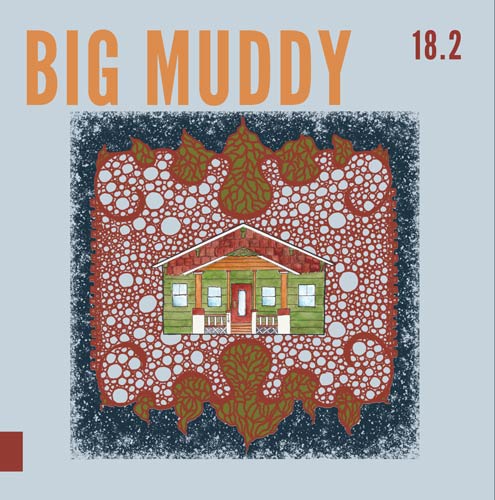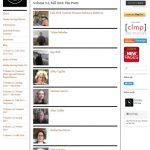THEMA Puzzles Writers, Pleases Readers
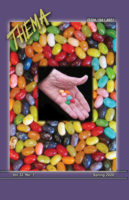 Magazine Review by Katy Haas
Magazine Review by Katy Haas
Each issue of THEMA invites writers to explore a given theme. The Spring 2020 issue’s theme is “Six Before Eighty,” which Editor Virginia Howard explains in her Editor’s Note, gave writers a run for their money. It “tended to puzzle more authors than usual.”
Despite the challenge, sixteen on-theme pieces made it into the issue. H.B. Salzer in “Her Number Six” writes of a woman’s bucket list—six things to do before she turns eighty. James “Jack” Penha in “Eulogy for My Elder Brother,” writes fondly of his brother who passed away at age seventy-four—six years before turning eighty. In “Written in Gold,” Larry Lefkowitz’s characters try their own hand at translating the theme finding it in a Mayan inscription in a temple. But my two favorite pieces in the issue each interpret the theme as different roads.
In “Mantra” by Lisa Timpf, the numbers are a reminder for a man’s fading memory. Regional Road 6 comes before Sideroad 80 and then he’s home. Readers can feel the anxiety in the piece as he repeats his mantra, trying to get home while admitting he “hasn’t told his wife / how much has slipped away.” But his mantra always gets him back home.
Cherie Bowers’s “Off-Ramp” is a short poem conjuring up Exit 6 as it merges onto 1-80. Here, a memorial with “fading words” reads, “We love you, Jason.” “To see it clearly,” the speaker says, “you must slow down,” a reminder for readers it’s necessary to slow down to truly see everything around us and to give thought to these fading signs we see beside the road.
I’m sure it was a lot of run writing for this issue of THEMA, and it was a lot of run reading what everyone was able to come up with.


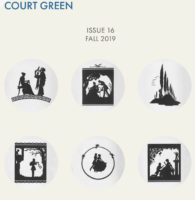

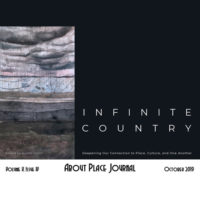
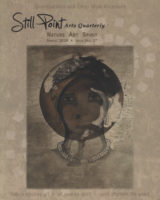
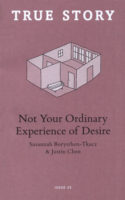
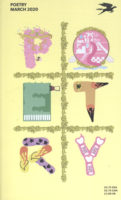
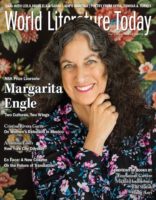
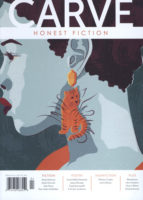
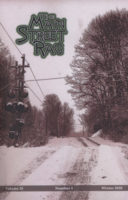
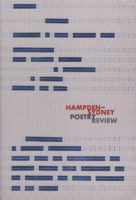

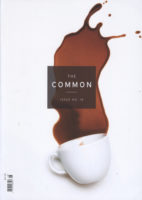
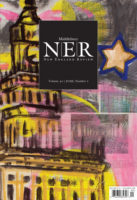
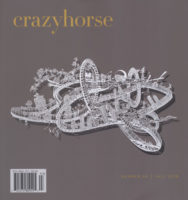
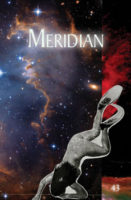
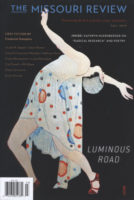
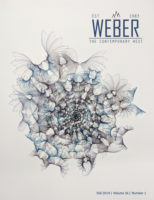
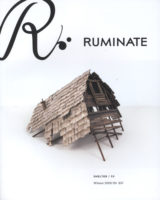
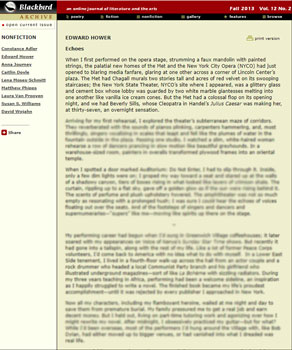 Stepping back in time to 1960s-Manhattan, author and former supernumerary actor with the New York City Opera Company (NYCO),
Stepping back in time to 1960s-Manhattan, author and former supernumerary actor with the New York City Opera Company (NYCO), 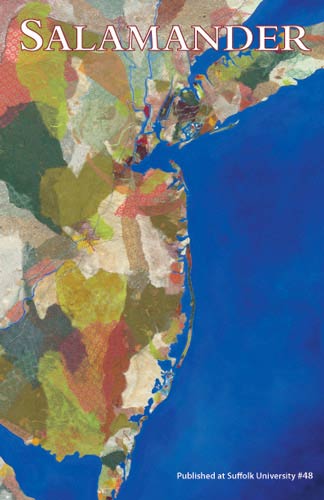 After twenty-seven years, Jennifer Barber has left her position as Editor-in-Chief of
After twenty-seven years, Jennifer Barber has left her position as Editor-in-Chief of 